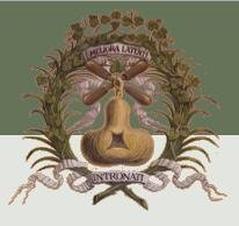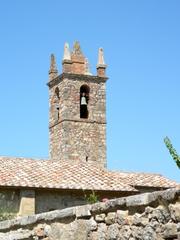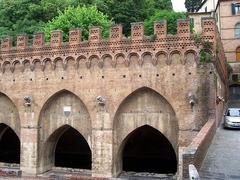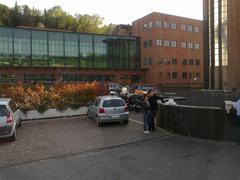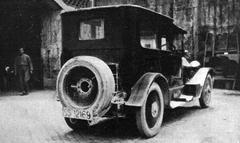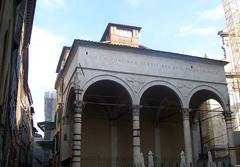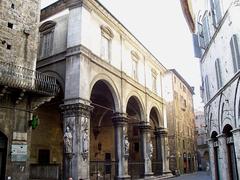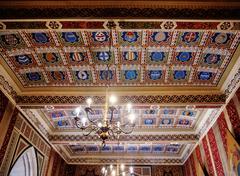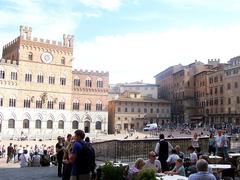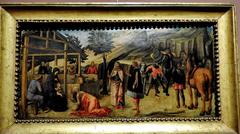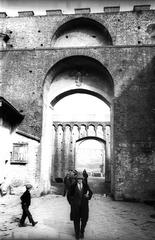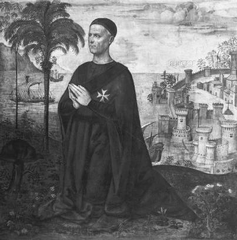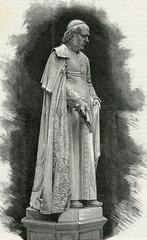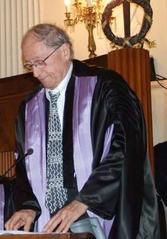Libreria Piccolomini Visiting Hours, Tickets, and Historical Significance in Siena, Italy
Date: 31/07/2024
Introduction
Nestled within the awe-inspiring Siena Cathedral, Libreria Piccolomini stands as a testament to the artistic and scholarly endeavors of the Renaissance period. This Renaissance gem, commissioned by Cardinal Francesco Piccolomini Todeschini, who later became Pope Pius III, was intended to house the vast collection of books and manuscripts of his uncle, Pope Pius II. The library, which came to fruition between 1492 and 1502, embodies the Renaissance ideal of merging art and scholarship (operaduomo.siena.it).
Designed by the illustrious Italian architect Bernardo Rossellini, Libreria Piccolomini is a marvel of Renaissance architecture. It features a grand facade sculpted by Lorenzo di Mariano and exquisite frescoes by Bernardino di Betto, known as Pinturicchio, with contributions from notable artists such as Raphael Sanzio. These frescoes, alongside the library’s other artistic treasures, vividly depict episodes from the life of Pope Pius II, showcasing the vibrant colors and intricate details characteristic of Renaissance art (thegeographicalcure.com).
Visitors to Libreria Piccolomini can expect to be enchanted by its rich history and artistic splendor. This guide aims to provide comprehensive information about visiting hours, ticket prices, and the remarkable historical and cultural significance of this UNESCO World Heritage Site, ensuring a memorable and enriching experience during your visit to Siena.
Table of Contents
- Introduction
- History of Libreria Piccolomini
- Artistic Elements
- Visiting Information
- Preservation of the Collection
- Influence and Legacy
- Frequently Asked Questions (FAQ)
- Conclusion
History of Libreria Piccolomini
Origins and Construction
Libreria Piccolomini was commissioned in 1492 by Cardinal Francesco Piccolomini Todeschini, who later became Pope Pius III. Intended to house the extensive collection of books and manuscripts amassed by his uncle, Pope Pius II, the library’s construction drew inspiration from the French tradition of attaching libraries to cathedrals and the inauguration of the Vatican Library by Pope Sixtus IV. The library embodies the Renaissance ideal of creating a center of scholarship and artistic expression (operaduomo.siena.it).
Architectural Design
Designed by renowned Italian architect Bernardo Rossellini, the construction of the library began in 1492 and was completed by 1502. Positioned along the left aisle of the cathedral before the transept, the grand facade, created in 1497 by Lorenzo di Mariano, features two sculpted arcades. Above the facade is the fresco ‘The Pontifical Coronation of Pius III,’ painted by Pinturicchio in 1504 (thegeographicalcure.com).
Artistic Elements
Frescoes by Pinturicchio
Between 1502 and 1507, Pinturicchio and his workshop, including notable artists like Amico Aspertini and the young Raphael Sanzio, adorned the walls and ceiling with frescoes depicting ten episodes from the life of Pope Pius II. These frescoes are marked by vibrant colors, intricate details, and the use of perspective, characteristic of Renaissance art (it.wikipedia.org).
The Three Graces
In the middle of the room stands a copy of the ancient Roman sculptural grouping, The Three Graces. This 2nd-century Roman copy of a Greek original was once removed due to objections from senior clergy but later returned to its original place (thegeographicalcure.com).
The Piccolomini Altar
Adjacent to the library is the Piccolomini Altar, commissioned by Francesco Piccolomini as his tomb. Designed and sculpted between 1481-85 by Andrea Bregno, the altar features four marble sculptures by a young Michelangelo, including a self-portrait in the form of St. Paul (thegeographicalcure.com).
Visiting Information
Opening Hours and Tickets
The Piccolomini Library is accessible only from inside the Siena Cathedral. Opening hours are generally from 10:30 AM to 5:30 PM, with extended hours during the high season. Admission to the library is included in the standard Siena Cathedral ticket. Visitors are encouraged to buy tickets online to save time and ensure entry (european-traveler.com). For more detailed visitor information, including ticket prices and opening hours, please refer to the official Opera Duomo Siena website.
Travel Tips and Nearby Attractions
When visiting Libreria Piccolomini, consider exploring nearby attractions such as the Siena Cathedral, the Museo dell’Opera del Duomo, and the Piazza del Campo. For an in-depth experience, guided tours are available that provide rich historical and artistic insights (Discover Tuscany).
Accessibility
The Siena Cathedral, including the Piccolomini Library, is wheelchair accessible. However, it is advisable to check the official website or contact visitor services for specific accessibility arrangements (Opera Duomo Siena).
Preservation of the Collection
Despite its original intent to house Pope Pius II’s collection of books and manuscripts, these items never made it to Siena. Nonetheless, the library displays a variety of important 15th-century codices, many illustrated by Sienese artists, offering a glimpse into the rich bibliographic heritage (european-traveler.com).
Influence and Legacy
The Piccolomini Library is a significant historical and artistic site, reflecting Renaissance ideals of scholarship and artistic expression. The library’s frescoes, architectural design, and the presence of significant artworks such as The Three Graces and the Piccolomini Altar contribute to its status as a Renaissance treasure. The library continues to attract visitors from around the world, offering a unique glimpse into the life and legacy of Pope Pius II and the artistic achievements of the Renaissance period (visitsienaofficial.it).
Frequently Asked Questions (FAQ)
What are the visiting hours for Libreria Piccolomini? The library is open from 10:30 AM to 5:30 PM, with extended hours during the high season.
How much are tickets for Libreria Piccolomini? Admission to the library is included in the standard Siena Cathedral ticket. Ticket prices and more details can be found on the official Opera Duomo Siena website.
What notable artworks are in Libreria Piccolomini? The library features frescoes by Pinturicchio and his workshop, the ancient Roman sculpture The Three Graces, and the Piccolomini Altar with sculptures by Michelangelo.
Conclusion
Libreria Piccolomini is not just a library; it is a portal to the Renaissance era, offering a unique glimpse into the artistic and scholarly pursuits of the time. The library’s frescoes by Pinturicchio, the Roman sculpture The Three Graces, and the Piccolomini Altar with sculptures by Michelangelo collectively highlight the library’s artistic and historical importance. Despite its original intent to house Pope Pius II’s collection, the library today showcases a variety of significant 15th-century codices and artworks, reflecting the rich bibliographic heritage of the period (european-traveler.com).
Visiting Libreria Piccolomini is a journey through history and art. With well-preserved artifacts and a setting that captures the essence of the Renaissance, it continues to attract visitors worldwide. By planning your visit in advance, taking advantage of guided tours, and respecting the cultural significance of this site, you can fully immerse yourself in its timeless beauty. Whether you are an art enthusiast, a history buff, or a casual traveler, Libreria Piccolomini offers an unforgettable experience that enriches your understanding of Renaissance artistry and scholarship (visitsienaofficial.it).
References
- Title, year, Author operaduomo.siena.it
- Title, year, Author thegeographicalcure.com
- Title, year, Author european-traveler.com
- Title, year, Author visitsienaofficial.it
